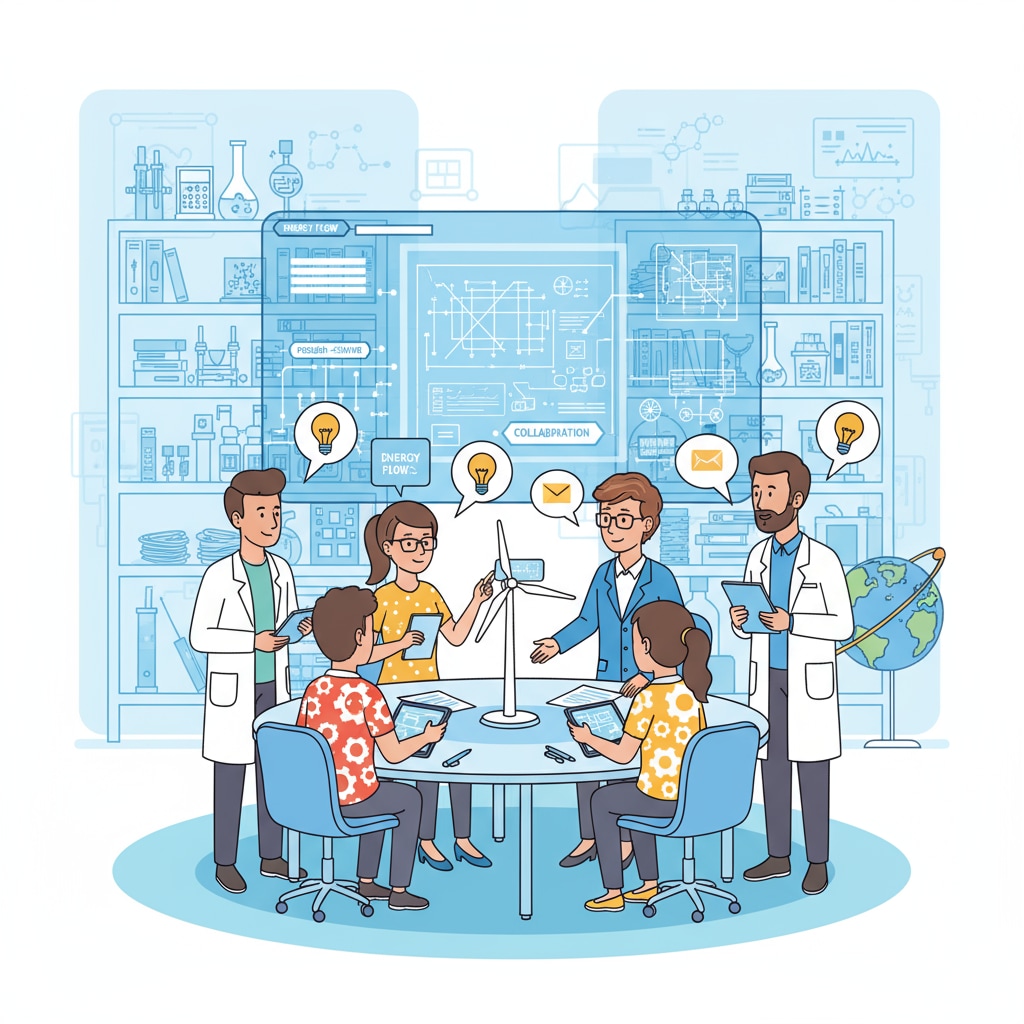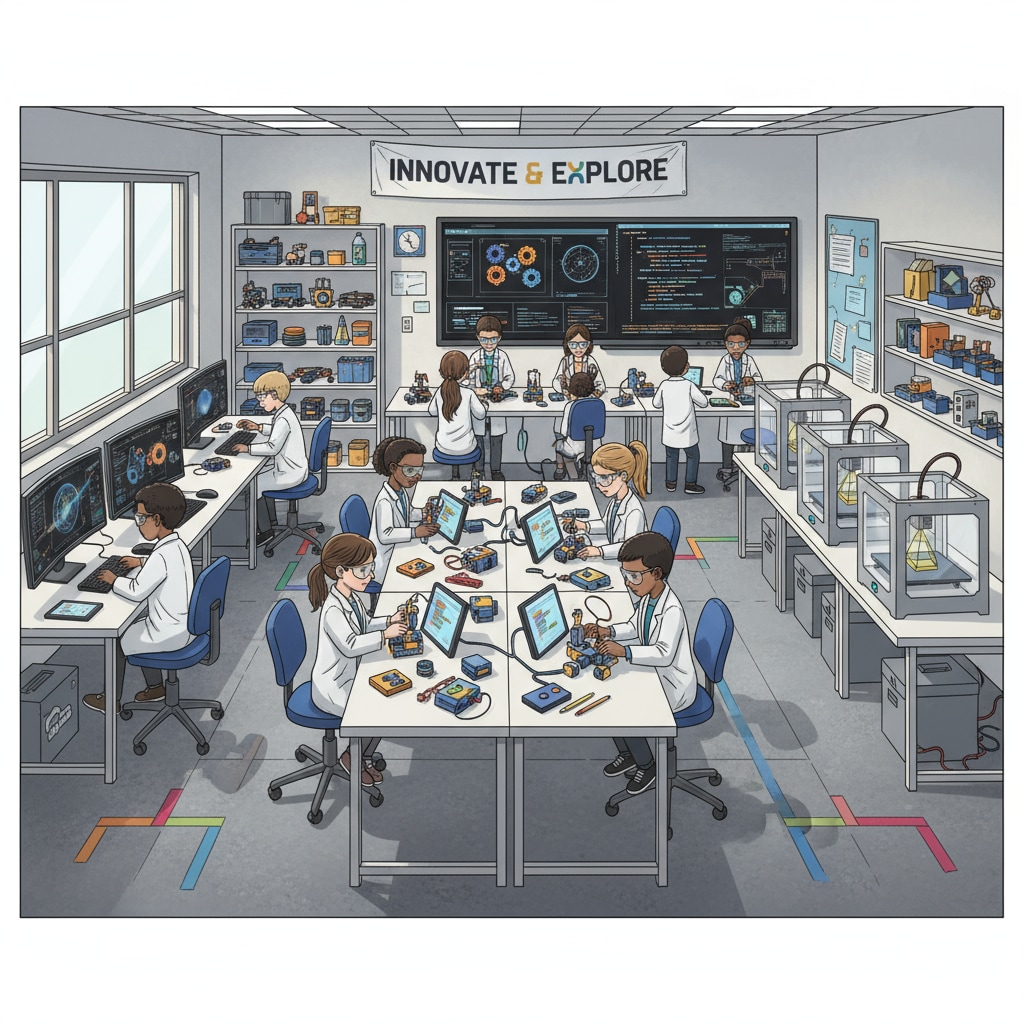STEM education, partnerships, and curriculum development are crucial elements in shaping the future of K12 students. In today’s rapidly evolving world, the need for a well-rounded and innovative approach to education has never been greater. By bringing together schools, businesses, and social organizations, we can create a dynamic learning environment that nurtures students’ interest in science, technology, engineering, and mathematics.

The Power of Collaboration in STEM Education
Collaboration in STEM education is not just a buzzword; it’s a powerful force that can transform the learning experience. When schools, businesses, and social organizations work together, they bring different perspectives, resources, and expertise to the table. For example, businesses can provide real-world insights, internships, and access to cutting-edge technology. Social organizations, on the other hand, can offer mentorship programs, community outreach, and funding opportunities. This collaboration enriches the curriculum and exposes students to a wider range of learning opportunities. Learn more about STEM education on Edutopia

Building Strong Partnerships
Building strong partnerships in STEM education requires a shared vision, clear communication, and a commitment to mutual goals. Schools need to identify businesses and social organizations that align with their educational objectives. Once partners are identified, it’s essential to establish a framework for collaboration. This includes setting goals, defining roles and responsibilities, and creating a timeline for implementation. Regular communication and feedback are also crucial to ensure that the partnership is on track and delivering the desired results. Explore STEM education resources on ISTE
Another important aspect of building strong partnerships is involving students in the process. By giving students a voice in the curriculum development and partnership activities, we can increase their engagement and ownership of the learning experience. This can be done through student-led projects, focus groups, and surveys.
Readability guidance: The key to successful STEM education lies in the strength of partnerships and the quality of curriculum development. By focusing on collaboration, communication, and student involvement, we can create a learning environment that prepares students for the challenges of the future.


